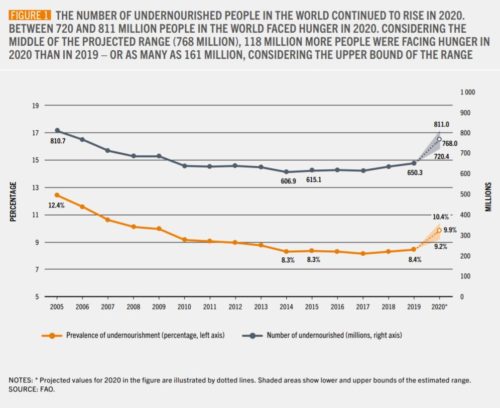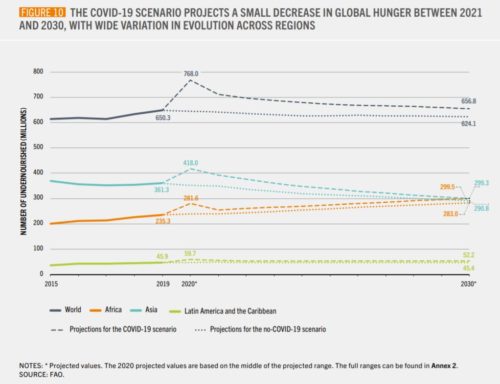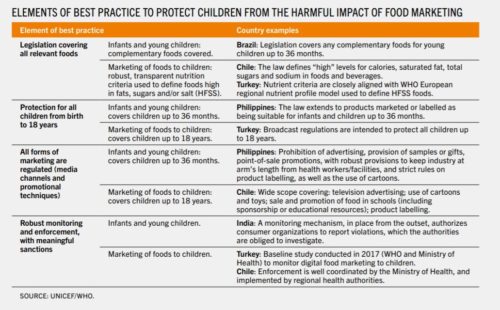I’m on the visionary panel. To register, click here.

The UN Food and Agriculture Organization has just released its latest annual report on worldwide food insecurity. The news is not good.
Last year’s report stressed that the COVID-19 pandemic was having a devastating impact on the world’s economy, triggering an unprecedented recession not seen since the Second World War, and that the food security and nutrition status of millions of people, including children, would deteriorate if we did not take swift action. Unfortunately, the pandemic continues to expose weaknesses in our food systems, which threaten the lives and livelihoods of people around the world, particularly the most vulnerable and those living in fragile contexts. This year, this report estimates that between 720 and 811 million people in the world faced hunger in 2020 – as many as 161 million more than in 2019. Nearly 2.37 billion people did not have access to adequate food in 2020 – an increase of 320 million people in just one year. No region of the world has been spared.
What’s shocking about these data is that they reverse long-standing downward trends.

What is the prognosis? Better but not great, especially in Africa.

The report is 236 pages. It provides frameworks and maps for what needs to be done and gives international examples of countries that have found ways to do these things. Here is one example.

The report sets a big, complicated, but clear agenda on this point. Let’s get to it.
As to the larger agenda for ending food insecurity, the report recommends:
It gives examples of local programs and policies where some of this is happening. Inspiration is needed here. And strong leadership.